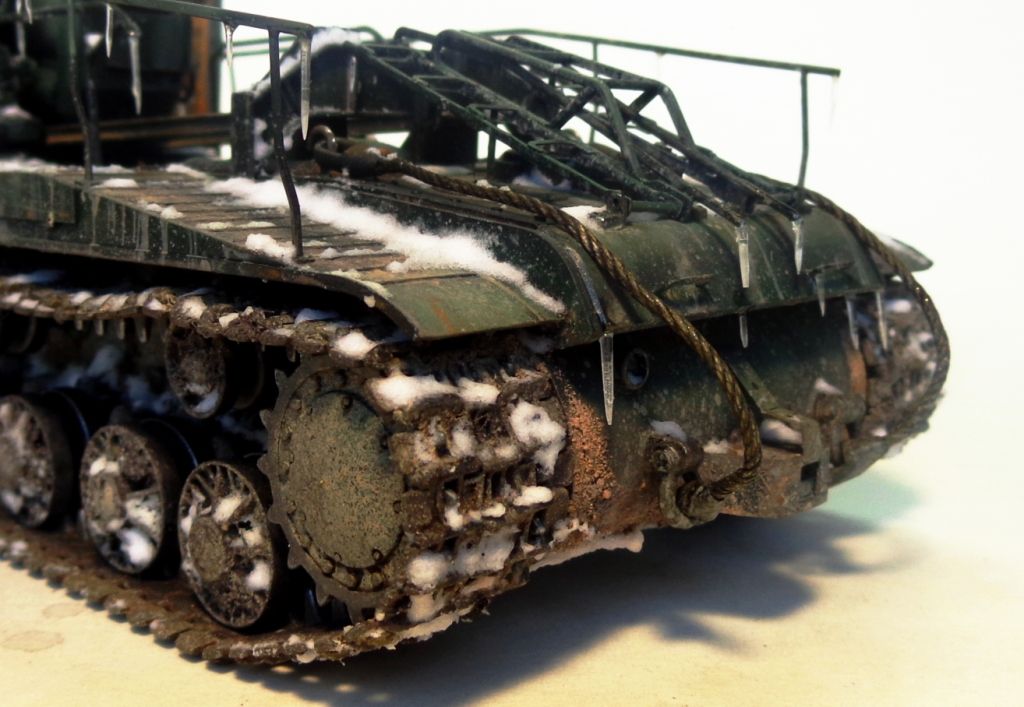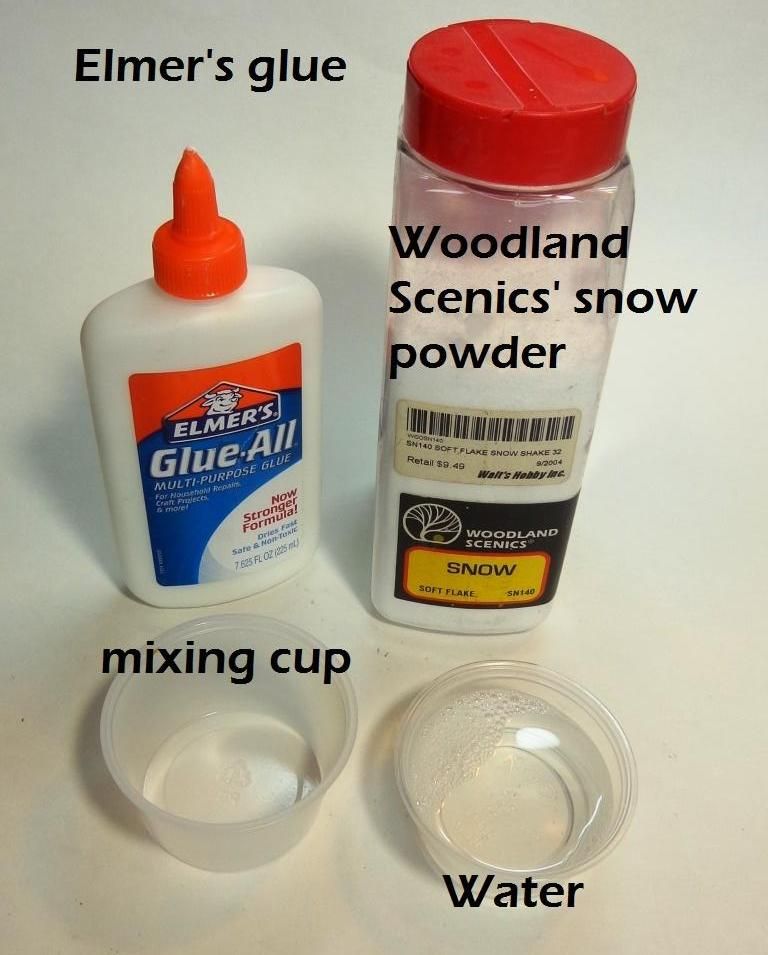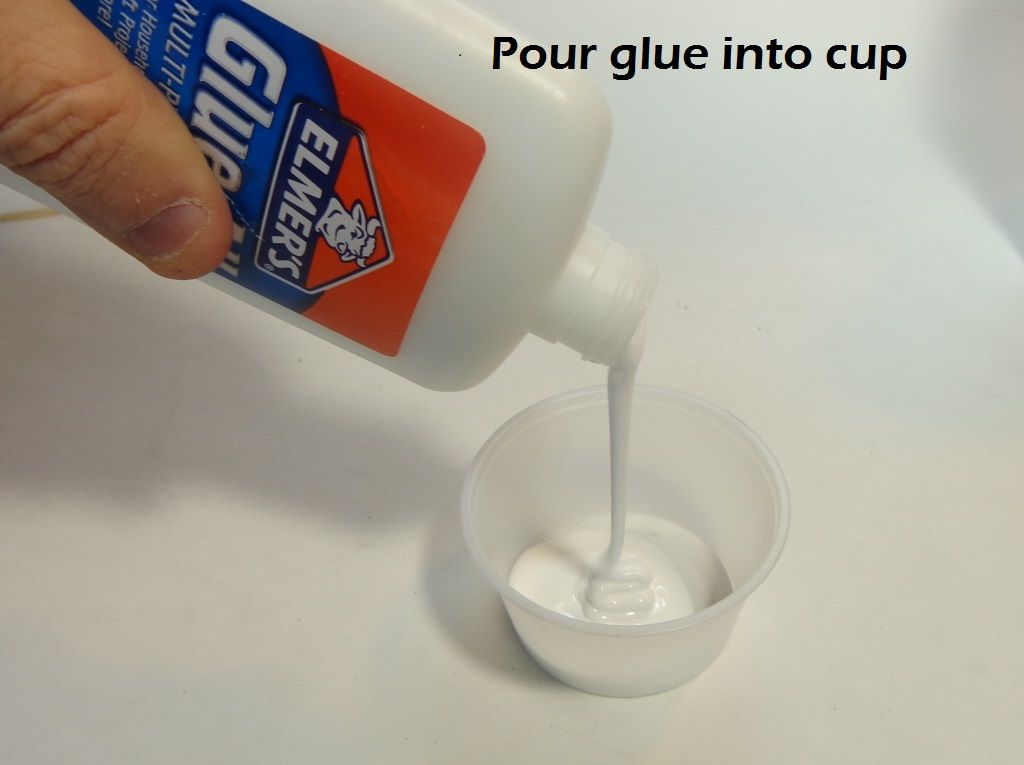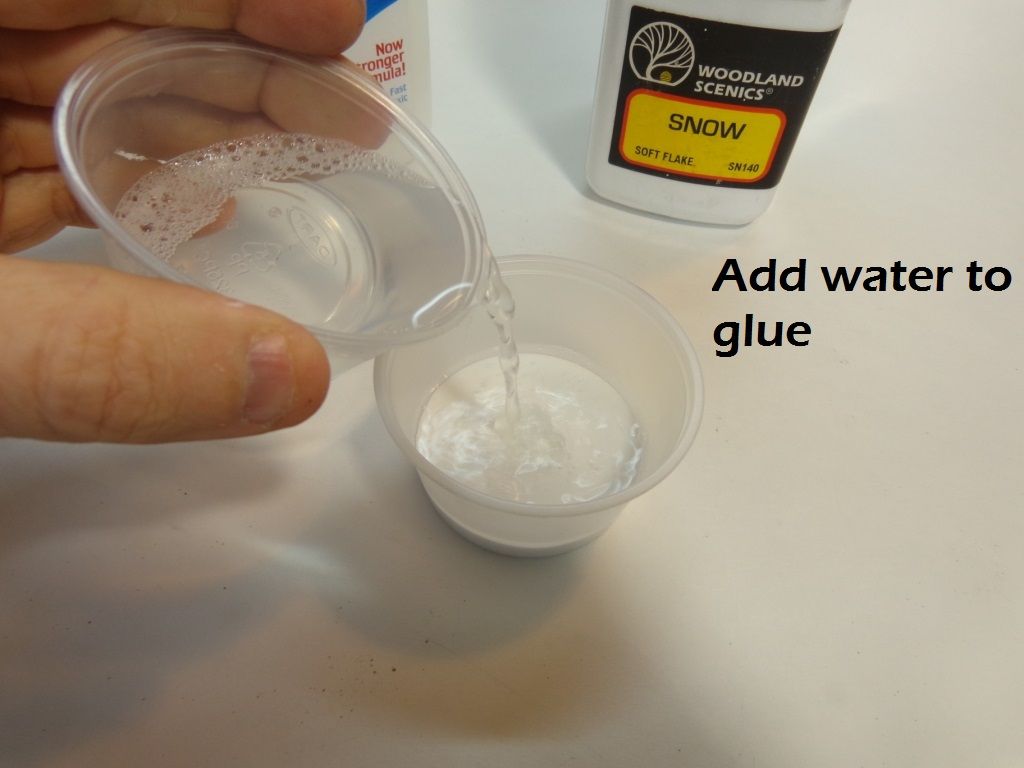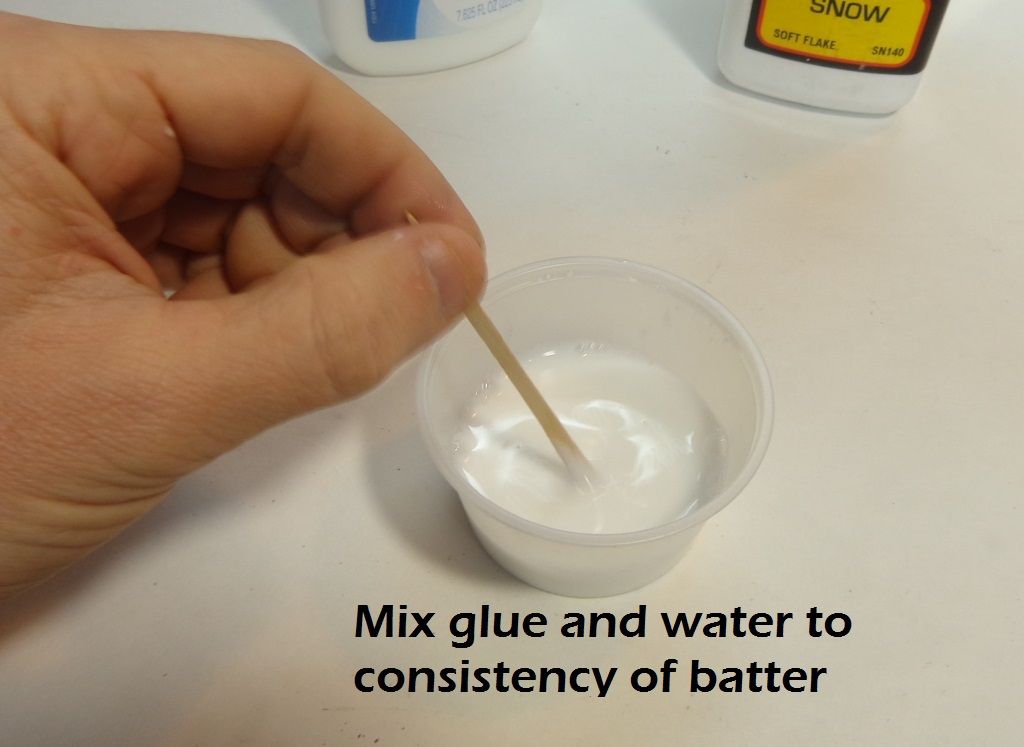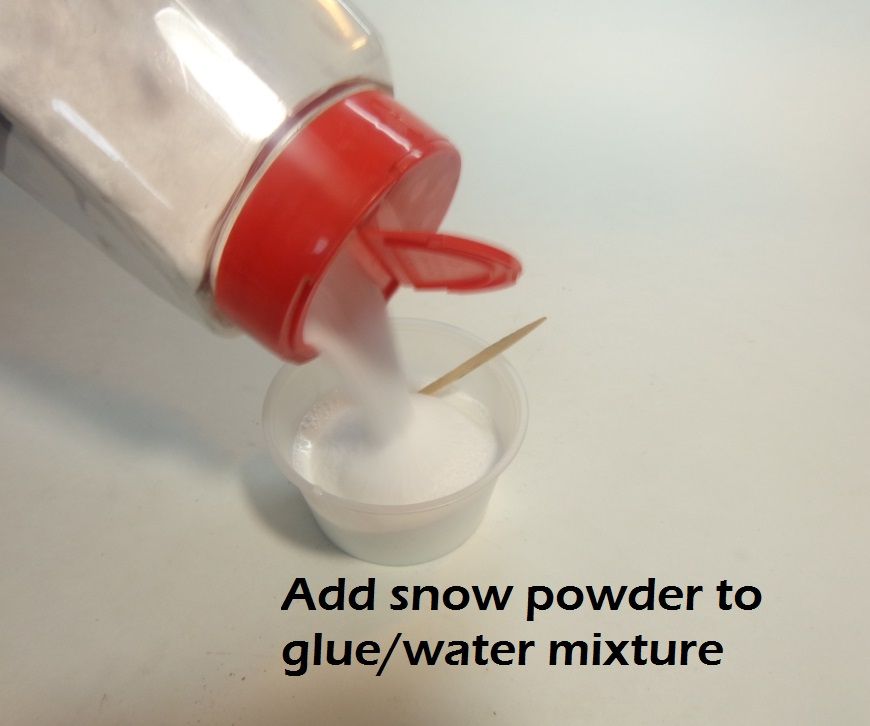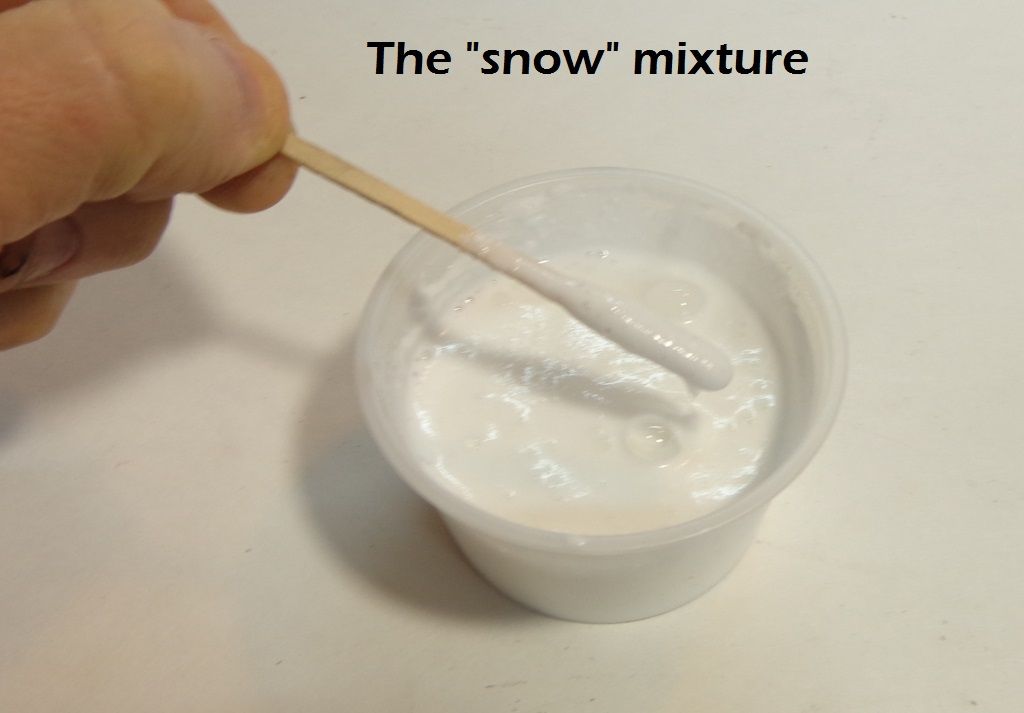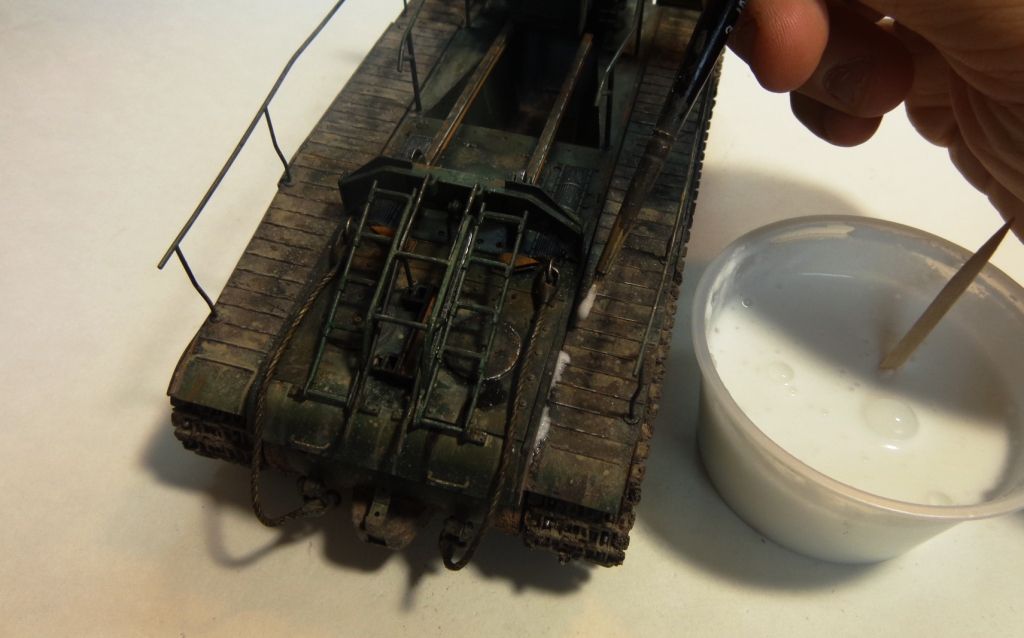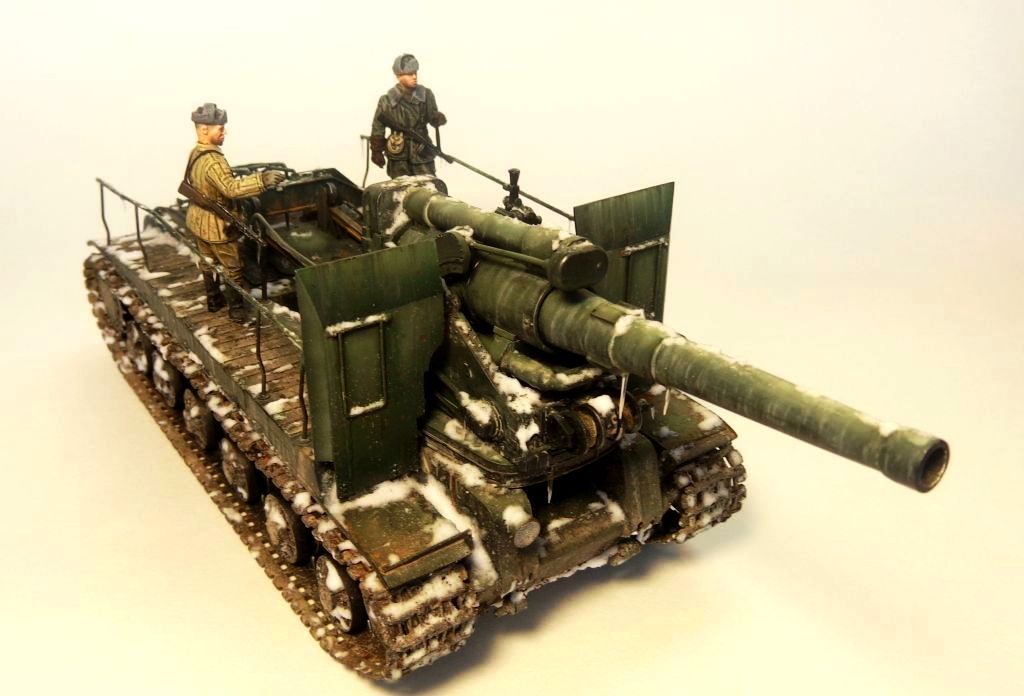Okay.
First, I promise that I won’t take this challenge as a rude insult, as you do not intend for it to be an insult. I will gladly share what limited knowledge I have on this subject.
I am a “no budget” modeller, and I will explain that briefly; I have no job, no allowance, and no one gives me any money. My Father does sometimes buy me supplies, such as some new acrylic paint I received for Christmas. I saved up some left over change from the bus just to get a small pot of Flat White at Michael’s a month ago. So yeah, I’m poor and I have no budget, but I get by with what I can find around the house.
Most of the modelling I’ve been doing recently has been finding old kits, broken or unfinished in my old boxes, and rebuilding and repainting them for the practice.
So I do know how to use baking soda for texturing: dirt, mud, and rust mostly. I’ve NEVER used it as an ad-hoc filler because it does have a bad habit of cracking as it hardens over time. This you obviously already know, I believe.
I can tell you how I have used it and how it has worked for my applications.
Using baking soda with;
- White Glue: (Very pliable, Long drying time, Absorbs paint) I use this for making mud textures. Mixed with dark earth tones of acrylic paints and watered down with the baking soda it makes a paste that dries like real mud. As it dries the tones will lighten. Because the baking soda is an absorbent materiel you can add more “stains” to it after it dries to darken it as you wish. Until it fully dries you can mush it around like clay to shape it if you desire. This technique was used on the bottom of the model in the picture below.
(http://smg.photobucket.com/user/DJMikeOz/media/PICT0272.jpg.html)]![]()
- Super Glue: (Nearly instant drying time, Hardens quickly, Paint as if plastic) This is best if you need to make small lumps of mud, moss, or raised dirt formations. I wouldn’t try building it up past anything more than 1/8 of an inch, only because I have not yet done so and that’s where my experience ends. Once you sprinkle the baking soda over a drop of Super Glue it dries within seconds. You can’t mush this around like you can with the White Glue.
I used this method on the base of the Space Marine in the picture below to simulate built up moss.
(http://smg.photobucket.com/user/DJMikeOz/media/Mobile%20Uploads/IMG_20141001_085833.jpg.html)]![]()
- Liquid Model Cement (Testors): (Mildly pliable, Medium drying time, Paint as if plastic) I’ve found this makes a good rust texture that is to my liking. With this method you need to apply the cement first and then sprinkle on the baking soda. This method also takes a little longer to dry than if you were simply gluing plastic pieces together. I’ve never re-applied this mixture over itself so I do not how that will react. In this poor quality picture below you may see some of the rust texture.
(http://smg.photobucket.com/user/DJMikeOz/media/DSCN0313cropped.jpg.html)]![]()
Aside from the White Glue mixture being absorbent after it dries, I paint the other two as if they were molded from plastic. I have had no adverse reactions from painting these mixtures with Acrylic (Artists Advantage and Daler Rowney) or Enamels (Testors and Model Masters) paints. I don’t mix these with any significant thickness and only have been using these methods primarily for textures.
I apologize to any of you who thought I would describe some horrific chemical explosions with any of my experimentations regarding Baking Soda. That simply has never happened to me. I can say that there is validity in warning you from using these methods. If you get the white glue mixture too thick it will crack, but that, as mud, can be used to your advantage.
I’ve never used baking soda as a home-made filler as I have been told of how it will crack between joins and that will ruin a model’s finish for sure. These are the only ways I have been reliably using baking soda during my years as a modeller.
If you do choose to use any of these methods you do need to experiment with your materials at hand to know how they will react (not likely to explode so don’t get your hopes up) with each other and how you can best use those reactions to your advantage.
Thank you for the opportunity to share what I know on this subject, doog. 
You can call me Mike. lol
